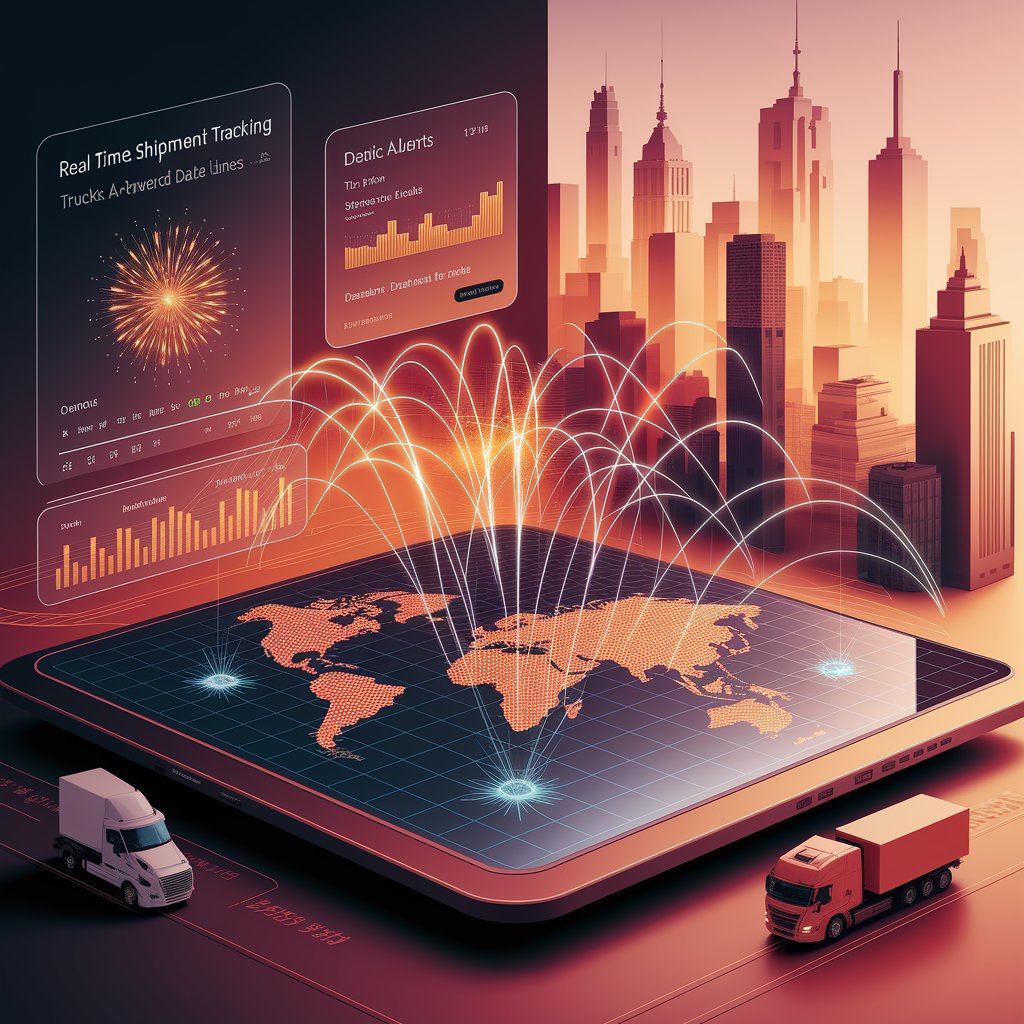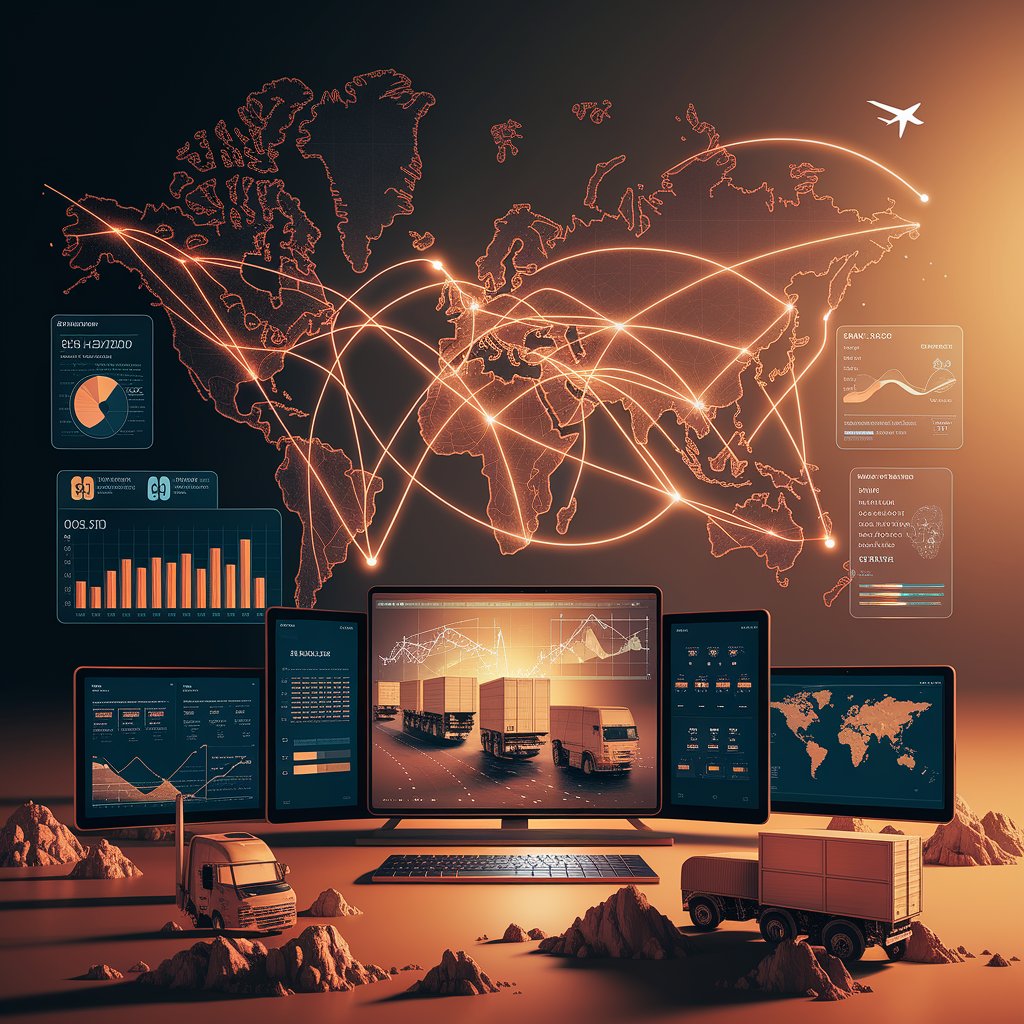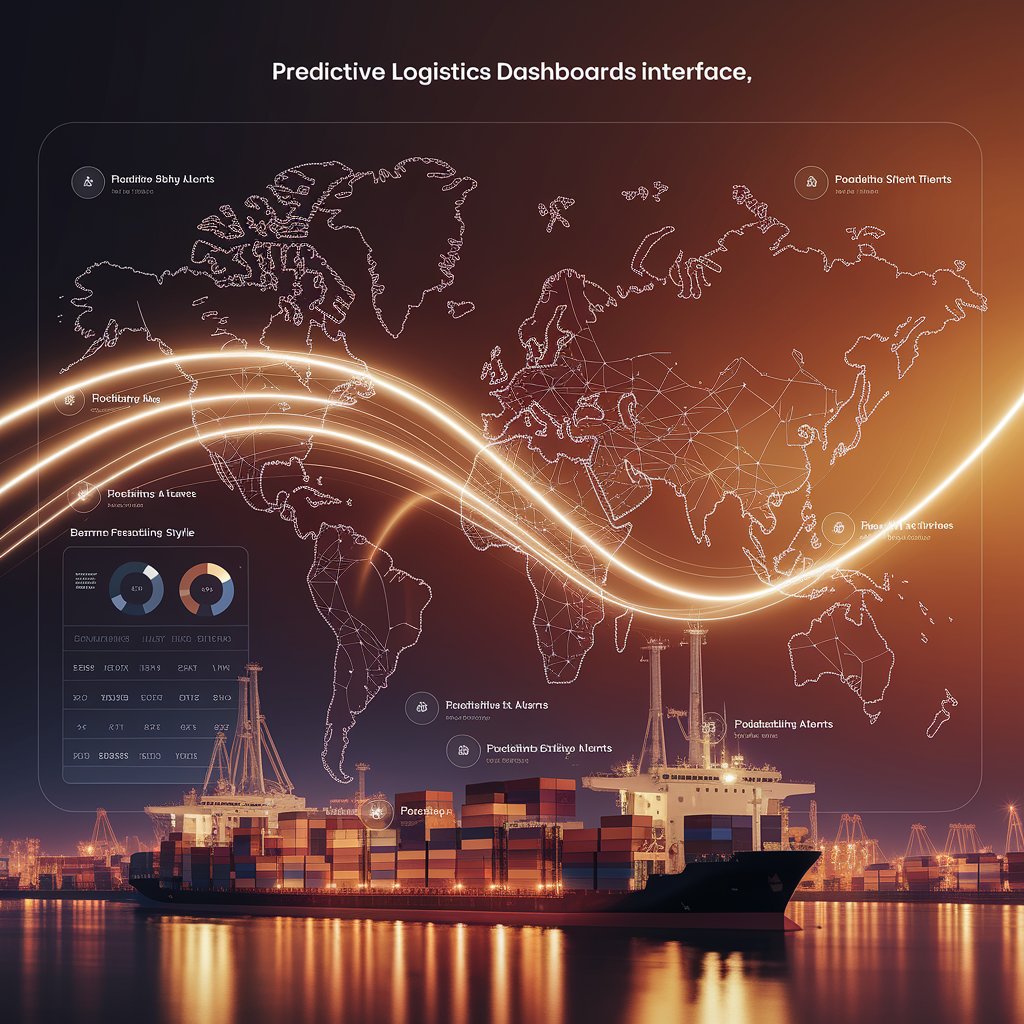Predictive Logistics Dashboards: Turning Data into Foresight

Introduction
That’s where predictive logistics dashboards come in. By combining real-time data with artificial intelligence and predictive analytics, these dashboards go beyond static reports. They forecast demand, anticipate disruptions, and recommend corrective actions—helping companies shift from reactive problem-solving to proactive strategy.
What Are Predictive Logistics Dashboards?
Predictive logistics dashboards are advanced visualization platforms that integrate logistics data and apply predictive analytics to provide forward-looking insights. Unlike traditional dashboards that only display current or historical data, predictive dashboards identify patterns, forecast future scenarios, and guide decision-making.
They unify data from ERP, TMS, WMS, IoT sensors, and carrier systems, creating a single hub where managers can monitor, predict, and optimize logistics operations.

Key Features of Predictive Logistics Dashboards
- Real-Time Data Integration – Live updates from carriers, fleets, and warehouses.
- Predictive Analytics – AI models forecast demand, disruptions, and risks.
- Scenario Simulations – “What-if” models to test resilience under stress.
- Risk Alerts & Anomaly Detection – AI flags potential failures before they happen.
- KPI Tracking – Visual reports on costs, service levels, and sustainability.
- Multi-Layer Visualization – Maps, charts, and predictive indicators in one view.
Benefits of Predictive Logistics Dashboards 📈
- Smarter Decision-Making – Move from reactive firefighting to proactive planning.
- Cost Savings – Reduce penalties, detentions, and inefficiencies.
- Resilience – Anticipate disruptions and prepare alternative strategies.
- Efficiency Gains – Optimize routes, capacity, and warehouse resources.
- Customer Confidence – Deliver accurate ETAs and transparent updates.
- Sustainability – Monitor emissions and optimize greener transport options.

Real-World Applications
- Freight Forwarders – Forecast shipment volumes and secure capacity in advance.
- Carriers – Use predictive dashboards to plan fleets and reduce empty miles.
- E-commerce Logistics – Anticipate peak demand for smoother fulfillment.
- Cold Chain Providers – Predict risks for temperature-sensitive shipments.
- Global Shippers – Track performance across multiple regions and carriers.
Challenges in Predictive Logistics Dashboards
- Data Fragmentation – Data silos limit predictive accuracy.
- Integration Complexity – Legacy ERP or TMS systems may not support advanced analytics.
- High Costs – Predictive platforms require upfront investments.
- Data Quality Issues – Incomplete or inaccurate records weaken forecasts.
- Change Resistance – Teams may hesitate to adopt predictive-driven workflows.

Best Practices for Success
- Start with High-Impact Use Cases – Apply predictive dashboards to key routes or products.
- Standardize Data Sources – Clean and unify data across systems.
- Integrate Across Platforms – Ensure ERP, WMS, TMS, and IoT are connected.
- Leverage Scenario Planning – Regularly simulate disruption scenarios.
- Balance AI with Human Oversight – Use planner expertise to validate AI predictions.
- Measure ROI Continuously – Track improvements in cost, accuracy, and service.
The Future of Predictive Logistics Dashboards 🚀
- Digital Twin Logistics – Simulated networks offering real-time foresight.
- Blockchain Integration – Secure and transparent predictive data sharing.
- Autonomous Dashboards – AI-powered systems that recommend and execute actions.
- Edge AI – Forecasting processed directly at fleets, ports, and warehouses.
- Sustainability Dashboards – Predicting carbon and ESG impacts alongside logistics KPIs.
Conclusion
Predictive logistics dashboards are transforming the way companies manage supply chains. By combining AI, real-time data, and predictive analytics, these platforms give logistics leaders the power to anticipate disruptions, reduce costs, and improve service.
For freight forwarders, carriers, and shippers, investing in predictive logistics dashboards isn’t just a tech upgrade—it’s a shift toward smarter, future-ready logistics.
